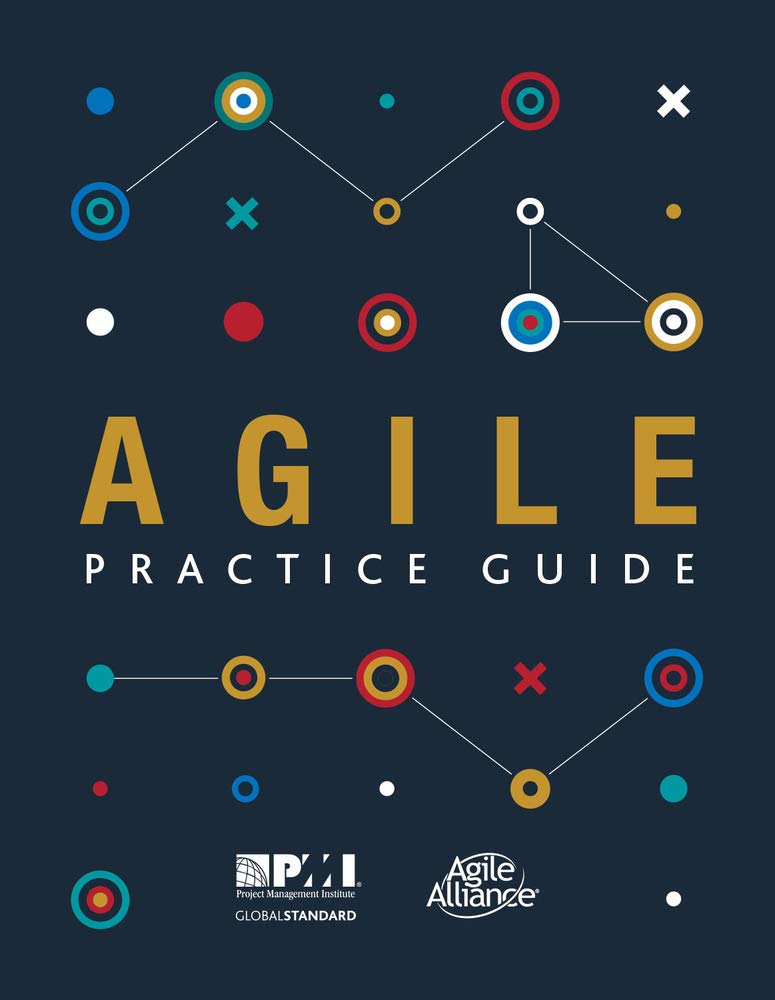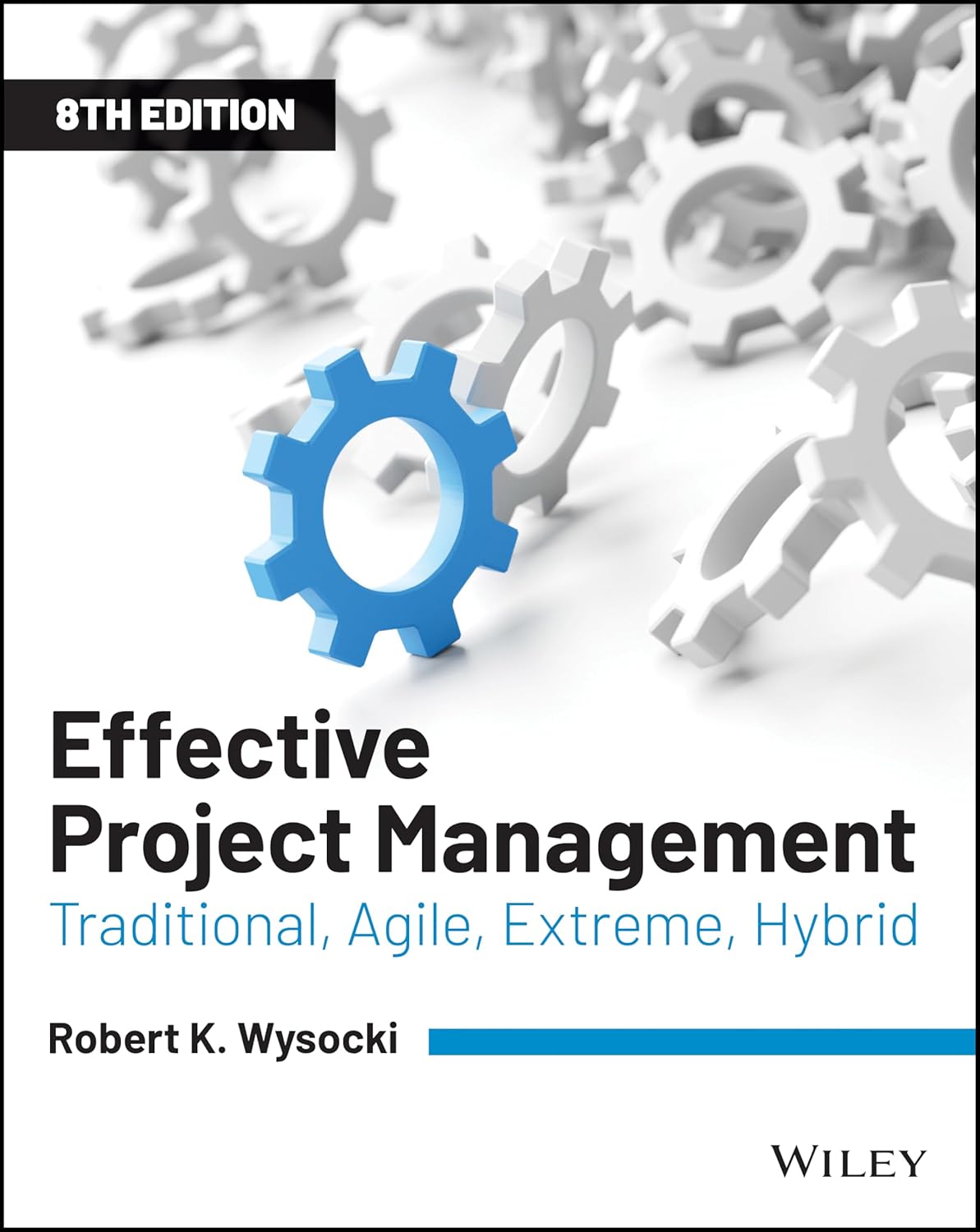
Agile
What is Agile?
Agile is a flexible and iterative approach to project management that focuses on delivering value through collaboration, customer feedback, and continuous improvement. Initially developed for software development, many industries have since adopted this methodology. Agile breaks projects into smaller parts called iterations or sprints, allowing teams to adapt to change quickly and respond to evolving customer needs. Instead of following a rigid plan, Agile promotes teamwork, regular reflection, and adaptability to improve both the process and the product.
Key Points
- Agile encourages working in short cycles to deliver small, usable portions of a project.
- Teams meet regularly to plan, review progress, and adjust their approach based on outcomes and feedback.
- Customer involvement is key throughout the project to ensure the final product meets real needs.
- Agile relies on strong communication, transparency, and cross-functional teams.
- The approach supports frequent testing and changes without disrupting the entire project.
Related Terms
- The Scrum framework is a structured way of applying Agile through defined roles, events, and tools.
- A product backlog is a prioritized list of tasks or features that guides Agile development.
- Sprints are time-boxed work periods in Agile that help teams focus and deliver specific results.
- The role of a product owner is to represent customer interests and manage the product backlog.
- Kanban is another Agile method that uses visual boards to manage workflow and improve efficiency.
Agile: Example
A marketing team uses Agile to launch a new campaign. They divide the campaign into two-week sprints instead of planning everything months in advance. During each sprint, they design, test, and revise specific elements, such as social media ads or email content. After every sprint, the team reviews performance metrics and adjusts its plan. This approach helps them stay responsive to market trends and customer feedback, resulting in a more effective campaign.
Agile: Best Practices
- Start each sprint with a clear goal and defined tasks to stay focused and aligned.
- Hold regular stand-up meetings to discuss progress, challenges, and next steps.
- Involve stakeholders early and often to ensure the product stays relevant and valuable.
- Encourage team members to share feedback and ideas openly to support continuous improvement.
- Use tools like task boards and burndown charts to maintain visibility and track progress.
Additional Resources
Preparing for a PMI certification?
- Exam Prep Courses: PMP®, CAPM®, and PMI-ACP®
- Exam Simulators: PMP®, CAPM®, PMI-ACP®, PMI-PBA®, PMI-RMP®, PMI-SP®, PgMP®, and PfMP®
- Professional Development Units (PDUs): 15, 30, and 60 PDU Bundles




